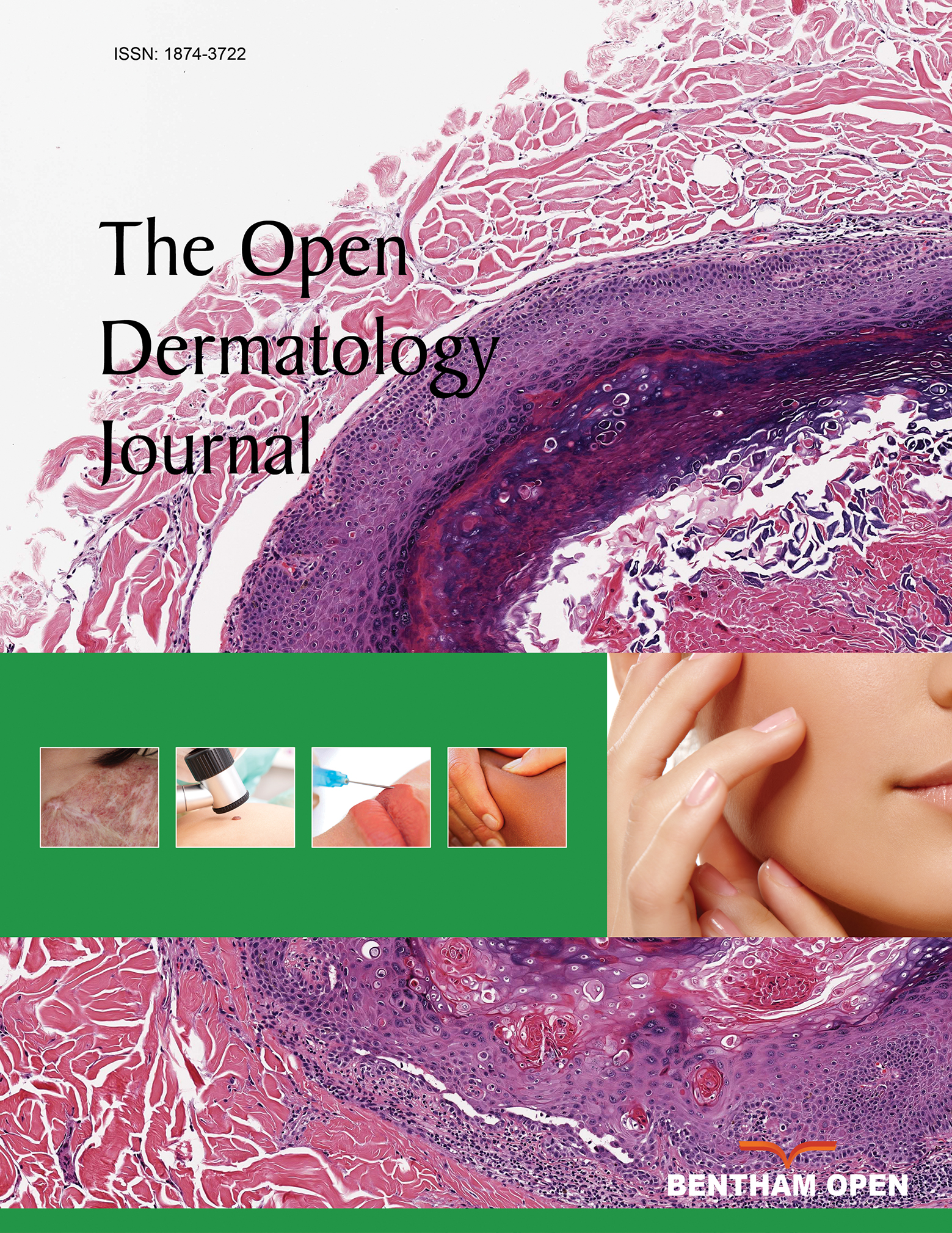Lessons From Epithelialization: The Reason Behind Moist Wound Environment
Abstract
Wound healing consists of multiple structured mechanism and is influenced by various factors. Epithelialization is one of the major aspect in wound healing and inhibition of this mechanism will greatly impair wound healing. Epithelialization is a process where epithelial cells migrate upwards and repair the wounded area. This process is the most essential part in wound healing and occurs in proliferative phase of wound healing. Skin stem cells which reside in several locations of epidermis contribute in the re-epithelialization when the skin is damaged. Epithelialization process is activated by inflammatory signal and then keratinocyte migrate, differentiate and stratify to close the defect in the skin. Several theories of epithelialization model in wound healing have been proposed for decades and have shown the mechanism of epidermal cell migration during epithelialization even though the exact mechanism is still controversial. This process is known to be influenced by the wound environment where moist wound environment is preferred rather than dry wound environment. In dry wound environment, epithelialization is known to be inhibited because of scab or crust which is formed from dehydrated and dead cells. Moist wound environment enhances the epithelialization process by easier migration of epidermal cells, faster epithelialization, and prolonged presence of proteinases and growth factors. This article focuses on the epithelialization process in wound healing, epithelialization models, effects of wound environment on epithelialization and epithelialization as the basis for products that enhance wound healing.


